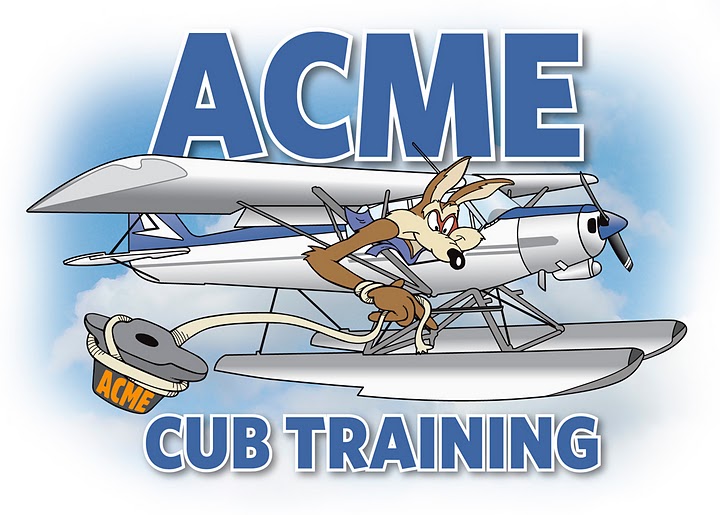Crosswind Landings in a Float Plane
To open this discussion, I will start with a quote by Geoff Armstrong, who was my chief pilot when I flew for Trail Ridge Air in 1989: “The reason that God made lakes round is so that seaplanes do not have to land with a crosswind.” If we always followed Geoff’s philosophy and landed into the wind, we could forgo this discussion. However, the problem with Geoff’s philosophy is that many locations allow no choice as to landing direction. These locations include rivers and even the Lake Hood seaplane base. In the afternoon when the white streaks form on the Southeast waterway, they do not always align with my desired landing track. Many seaplane pilots reading this article land with a crosswind without giving it a second thought. Actually, landing a seaplane with a crosswind is easier than landing a wheel plane on a runway with a similar crosswind component. The keel effect of the floats is what makes the touchdown and roll out easier. Of course, a seaplane pilot must be prudent like a wheel plane pilot and utilize proper crosswind technique prior to touchdown. As the float plane touches down, the keel causes the floats to track straight ahead. Any weather vane tendency is not noticeable until falling off of the step and into the displacement or slow taxi mode.
Open water changes the whole situation. The normal visual reference the pilot relies on to determine ground track is not in his/her vision. The pilot is tempted to look at the waves as a reference. Although this reference will give information about alignment, the side drift information is an illusion. The waves will be traveling downwind. If the pilot lowers the upwind wing and stops all side drift in relation to the waves, the aircraft will still be traveling sideways at the same rate as the waves. It is in this situation that everyone should follow Geoff’s advice and land into the wind.
To better understand this phenomena you must correlate landing with a crosswind without a shoreline reference to landing on glassy water. The visual information you get when you look at the surface of the water is deceiving. The information you must use is the horizon. During all glassy water landings the horizon is the only reference that can be used to maintain pitch. During a landing in open water the horizon is the only reference that can be used to determine wind drift.
Feel free to comment or expand on this discussion on this forum.
Steven Williams
ACME Cub Training


No comments:
Post a Comment